The Spiciest Show on Earth: A Humorous Tour of the World’s Most Famous Tipo de Chile Peppers!
Are you ready to turn up the heat in your kitchen and ignite your taste buds? Welcome to our fiery journey through the Global Spice Traditions, where we explore the most iconic tipo de chile peppers from around the globe. Whether you're a seasoned spice connoisseur or a curious foodie looking for a little kick, this list is your backstage pass to the hottest show on Earth — no flamethrower required!
Table of Contents
- What Exactly Is Scoville Anyway?
- Top 5 Iconic Tipo de Chile Peppers Around the World
- Chili Chronicles: How Different Cultures Use Their Favorite Chiles
- Spice It Up! Pro Tips for Cooking with Chili Peppers
- Hot Stuff: Health Benefits of Eating Spicy Food
- Don’t Burn Out — Proper Storage of Your Chili Treasures
- Fun Facts About Our Fiery Friends: The Chili Peppers
What Exactly Is Scoville Anyway?
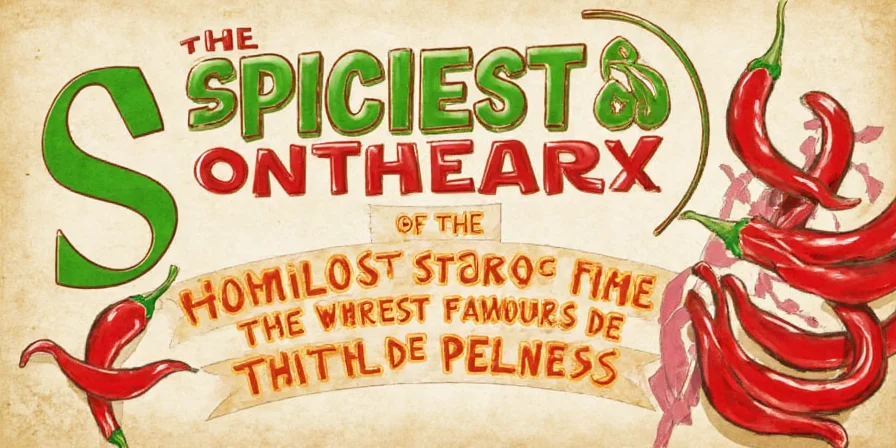
Before we dive into the world of tipo de chile, let’s take a moment to understand what makes these little firecrackers so hot. The answer lies in the Scoville scale, developed by pharmacist Wilbur Scoville back in 1912.
This scale measures the amount of capsaicin (the compound responsible for spiciness) in a pepper. Originally based on diluting pepper extract until the heat was undetectable by tasters, today it uses high-performance liquid chromatography (HPLC) for accuracy.
Here's a quick breakdown:
| Pepper Type | Scoville Units (SHU) | Heat Level |
|---|---|---|
| Bell Pepper | 0 | Mild as your grandma’s hug |
| Jalapeño | 2,500–8,000 | Perfect for Taco Tuesday |
| Habanero | 100,000–350,000 | Ow my mouth! |
| Carolina Reaper | 1,400,000–2,200,000 | Fire extinguisher recommended |
Top 5 Iconic Tipo de Chile Peppers Around the World

- Ancho (Mexico): Mild, sweet, and smoky. Often used dried as the base for many Mexican sauces.
- Serrano (Mexico): More potent than jalapeños, often eaten raw or in salsas.
- Shishito (Japan): Sweet with occasional surprises—1 in 10 will give you a spicy jolt!
- Thai Bird’s Eye (Thailand): Tiny but brutal. Used in curries and pad Thai dishes.
- Scotch Bonnet (Caribbean): Similar to habaneros but fruitier. Key in jerk seasoning and island cuisine.
Chili Chronicles: How Different Cultures Use Their Favorite Chiles
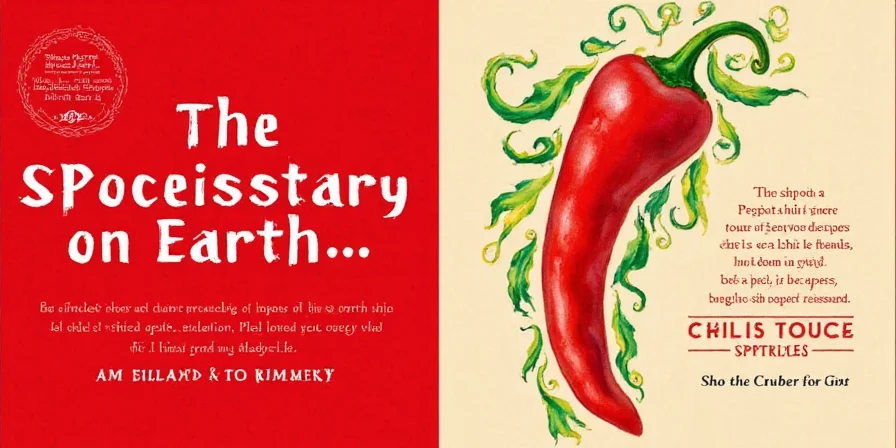
Spice doesn’t just add heat—it tells stories of migration, adaptation, and cultural pride. Let’s see how different cultures use their tipo de chile like pros:
- Mexico: From mole poblano to tacos al pastor, chiles are culinary royalty. Dried chiles are soaked, blended, and transformed into sauces that define regional cuisines.
- India: Kashmiri chili gives color without extreme heat, while the ghost pepper (Bhut Jolokia) is used sparingly in northeastern dishes like bamboo shoot curry.
- China: Sichuan peppercorns might not be *chile* per se, but they play well together. The numbing sensation pairs perfectly with fiery sauces in mapo tofu and hot pot.
- Italy: Calabrian chili peppers bring heat to oil-based pastes and seafood dishes. Think spicy 'nduja sausage spread on crusty bread.
- Korea: Gochu (Korean red pepper) is fermented into gochujang paste and added to kimchi. It's more about flavor development than face-melting heat.
Spice It Up! Pro Tips for Cooking with Chili Peppers
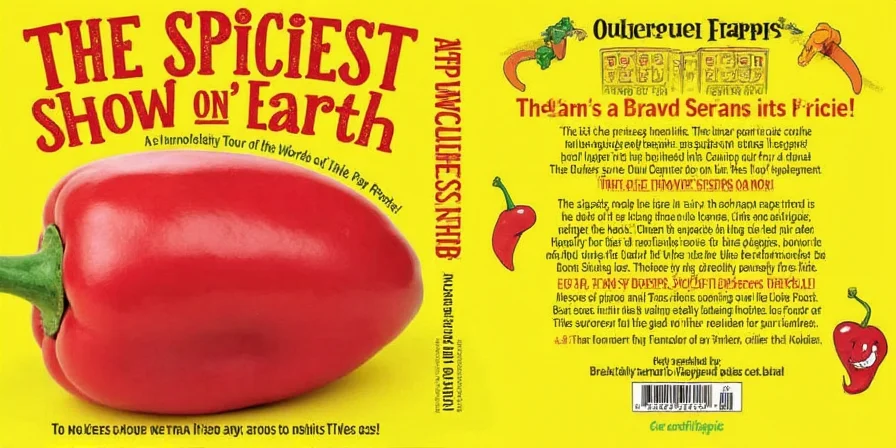
Cooking with chiles can be fun—but it also requires some street smarts. Here are five essential tips to avoid crying over spilled seeds:
- Wear gloves! Capsaicin sticks to skin and won’t wash off easily. Trust us, touching your eyes after chopping habaneros is a bad life decision.
- Remove seeds and ribs: If you want less heat but still crave flavor, remove the inner parts. That’s where most of the burn hides.
- Toasting enhances flavor: Dry roast whole dried chiles in a skillet to unlock deeper, smokier notes before grinding them into powder or rehydrating.
- Add at the right time: For milder heat, add chiles later in the cooking process. Early addition lets flavors infuse more deeply but increases overall heat intensity.
- Dairy = your best friend: Milk, yogurt, or sour cream help neutralize the burning sensation. Water only spreads the fire—don’t try it!
Hot Stuff: Health Benefits of Eating Spicy Food
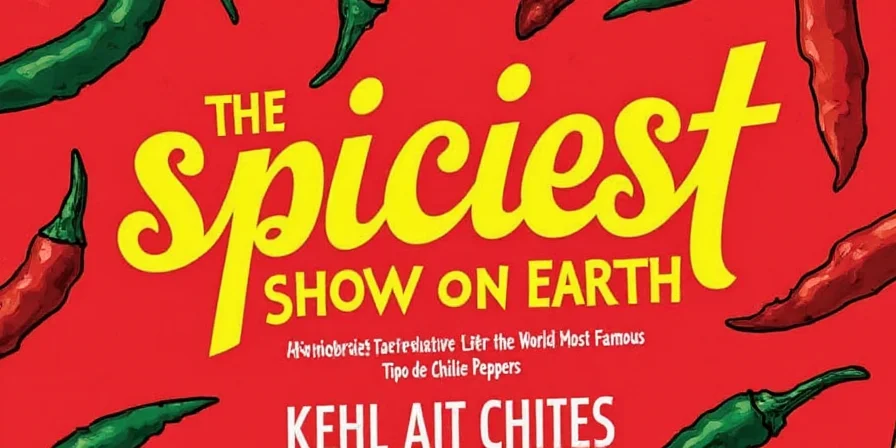
Beyond adding excitement to your plate, spicy food offers surprising health perks:
- Boosts metabolism: Capsaicin may temporarily increase metabolic rate and aid in fat oxidation.
- Reduces inflammation: Some studies suggest anti-inflammatory properties in certain chile compounds.
- Pain relief: Topical creams with capsaicin are used to treat joint and muscle pain.
- Heart health: Regular consumption of spicy foods may lower risk of heart disease and improve circulation.
- Mood booster: Ever noticed how eating spicy food can make you feel euphoric? Blame endorphins—they’re nature’s happy pill!
Don’t Burn Out — Proper Storage of Your Chili Treasures
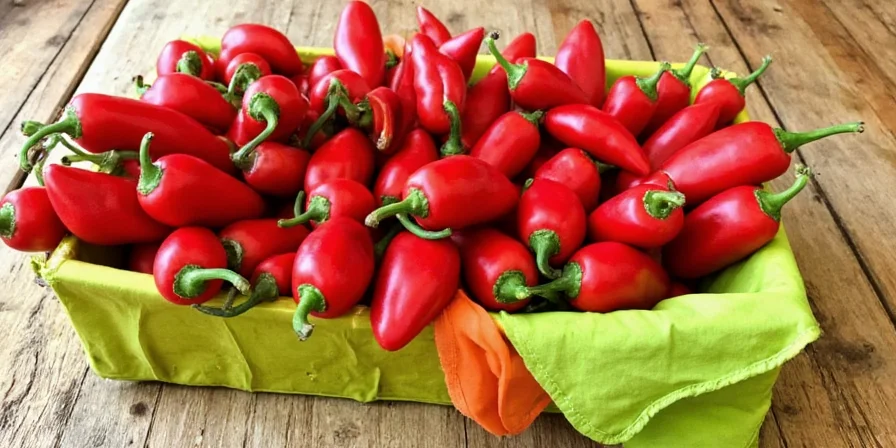
Whether fresh or dried, chiles deserve to be stored properly to preserve their flavor and potency:
- Fresh chiles: Keep them in a paper bag inside the fridge for up to two weeks. Alternatively, freeze whole or chopped in an airtight container for future use.
- Dried chiles: Store in a cool, dark place in sealed containers or ziplock bags. They can last up to a year—but lose potency over time.
- Chili oil: Make your own infused oil by steeping crushed dried chiles in hot oil. Store in the fridge for up to six months.
- Chili powder: Grind dried chiles into powder and store in airtight jars away from sunlight. Mix with salt or spices for custom blends.
- Pickled chiles: Submerge fresh chiles in vinegar with garlic and spices for a tangy condiment that keeps for months.
Fun Facts About Our Fiery Friends: The Chili Peppers

Ready for some trivia to impress your friends at the next BBQ? Check out these hot facts:
- Chili peppers aren't technically “peppers” – they’re fruits!
- The world’s hottest pepper is the Carolina Reaper, which clocks in at over 2 million SHU.
- In Japan, there’s a lottery game called “Chili Challenge,” where winners eat increasingly hotter peppers!
- Birds don’t taste capsaicin — that’s why wild birds spread chili seeds far and wide.
- There’s a chili festival in India every year called “The Great Indian Chili Festival” where people dare each other to eat Bhut Jolokia!
Conclusion: Embrace the Burn
So there you have it—a whirlwind tour of the fascinating world of tipo de chile peppers, from Mexico to Korea, from mild to mind-blowingly hot. Whether you're experimenting in the kitchen, chasing flavor, or just trying to impress your date with your tolerance for pain, remember one thing: spice is personal, but knowledge is power.
Next time you reach for that jar of pickled serranos or grind up some dried guajillos, know that you're continuing a global tradition that stretches across continents and centuries. Now go forth—and embrace the burn!

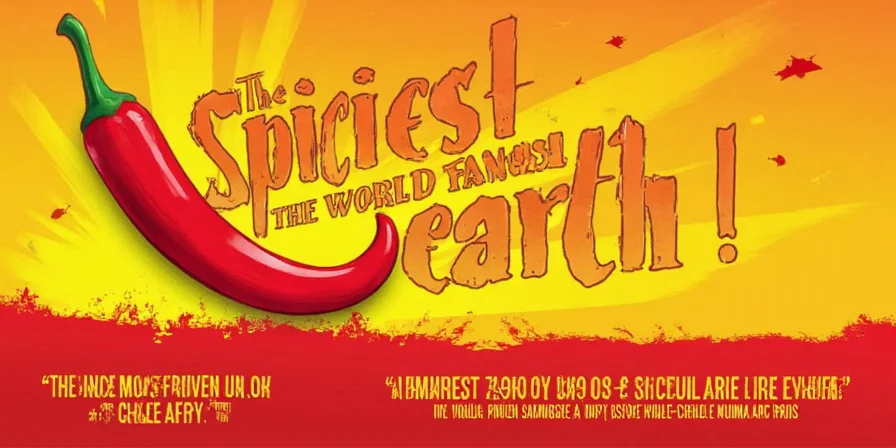









 浙公网安备
33010002000092号
浙公网安备
33010002000092号 浙B2-20120091-4
浙B2-20120091-4